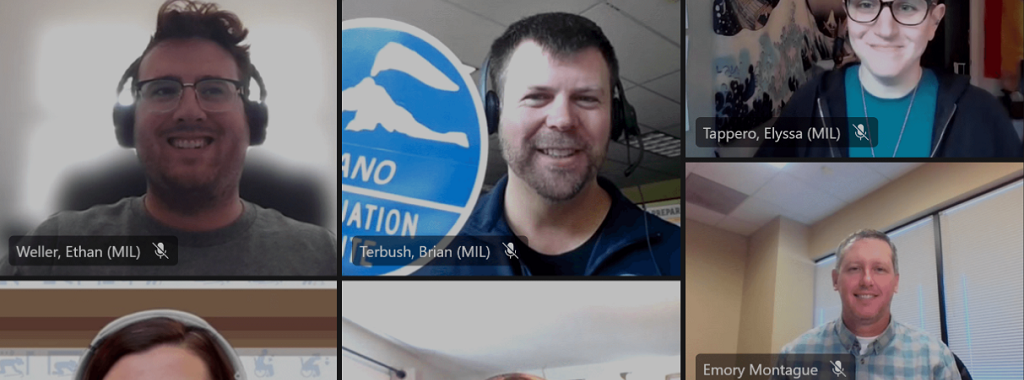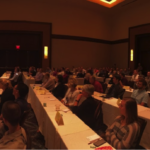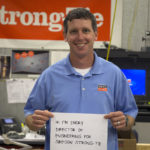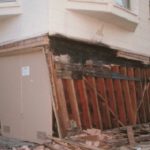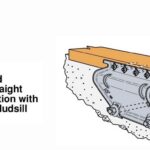Simpson Strong-Tie was excited to join the annual Reddit AMA event hosted by experts in the Pacific Northwest last week to bring awareness to the International ShakeOut Day happening on October 19, 2023. This worldwide occasion sees millions participating in earthquake drills at work, school or home, emphasizing earthquake safety with the “Drop, cover & hold on!” practice. Our panel consisted of scientists and preparedness experts from government agencies in Washington and Oregon. They focused on addressing inquiries related to earthquakes, tsunamis, the ShakeOut drills and general preparedness, covering both structural and nonstructural aspects, including ShakeAlert Earthquake Early Warning activities in the Pacific Northwest.
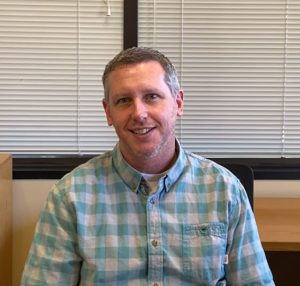
During this year’s AMA, Emory Montague, Director of Engineering at Simpson Strong-Tie, was part of the all-star team providing insightful responses to questions about structural factors, earthquake resilience in buildings, construction strategies for seismic preparedness, and the importance of home retrofitting. Explore some of the questions he addressed below and the full Reddit thread available here.
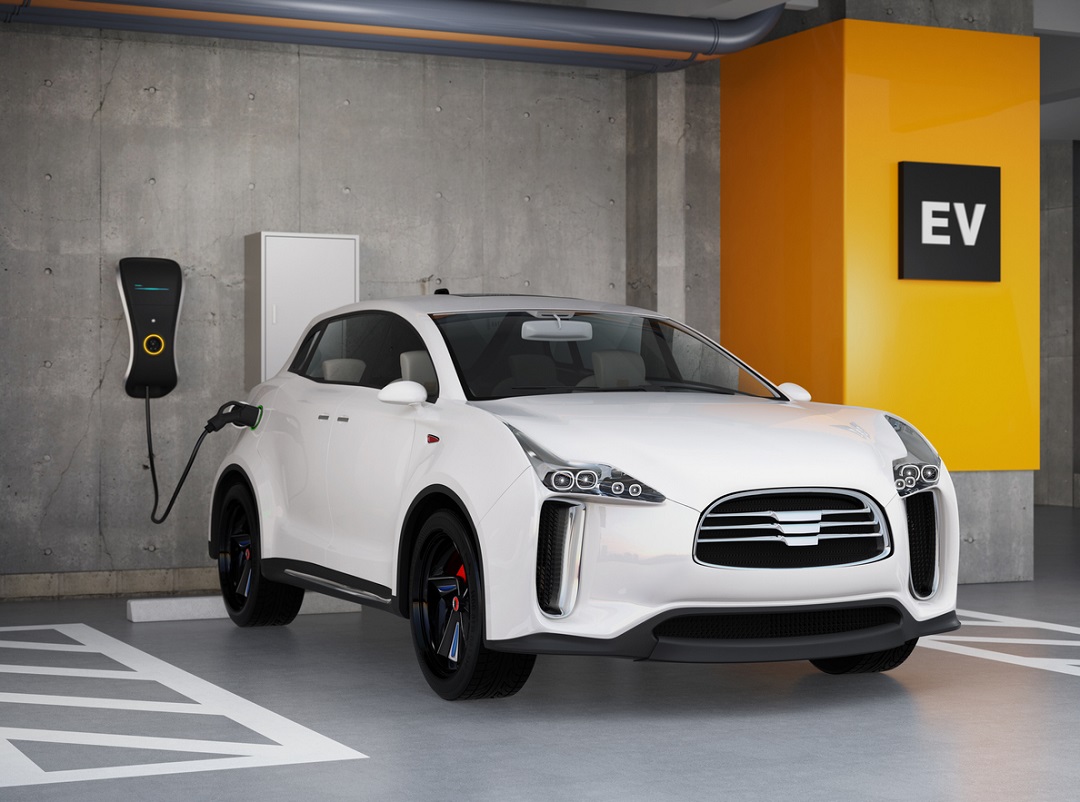
Is there a greater chance of parking structures collapsing in an earthquake now that there are so many EV cars that have more weight than a traditional car? My understanding is that the increasing weight of EV cars has caused a bigger strain on these structures. — Nerfbodyguard
That is an interesting question and something I’m sure parking structure designers are looking at. According to the internet (which is always right, of course), EVs can weigh about 30% more than a standard passenger car. Parking structures are designed for a minimum of 40 psf in passenger vehicle areas only. Areas accessible to trucks/buses/fire services are designed to support more weight. The extra weight could affect the gravity design of the structure, but the 40 psf will likely cover the extra weight of the EVs considering the space per parking stall and the driving areas. For the earthquake lateral design, generally live load (the cars and people) is not included in the seismic mass for the lateral design. That is because the cars are not fixed to the structure and so do not develop significant inertial forces. So the extra weight of the EVs shouldn’t affect the performance much in an earthquake. However, I’m not familiar with all the nuances of parking structure design, so consider everything I’ve said just my honest two cents.
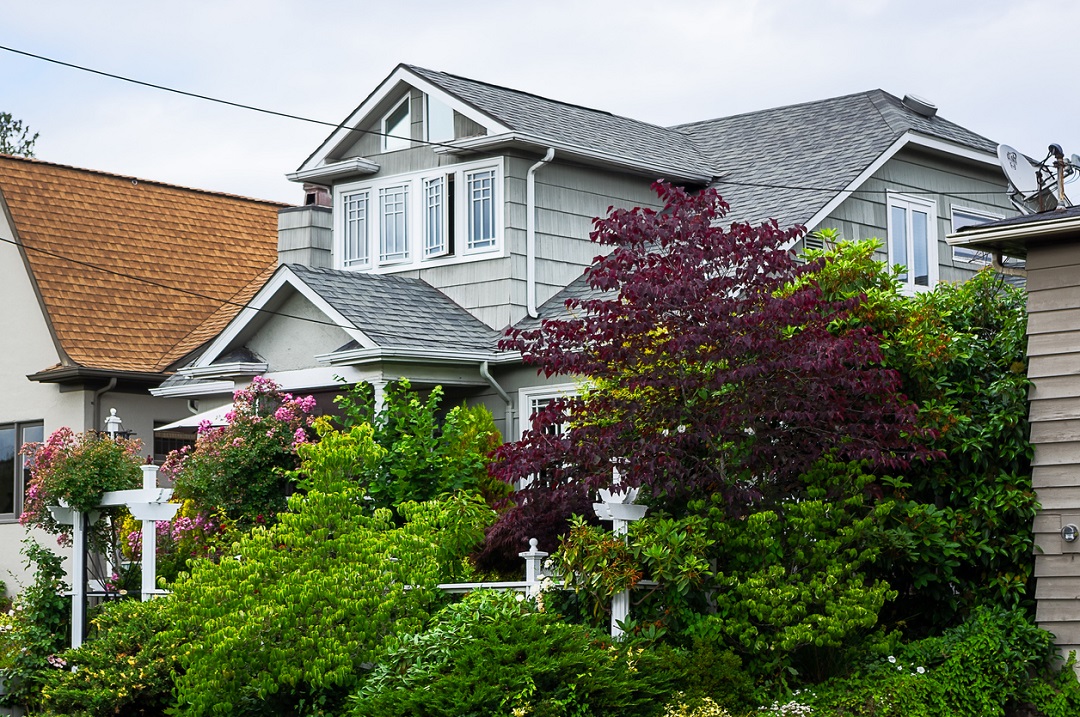
I live in the Seattle area, and my house is 70 years old, made it through all those quakes and seems to be doing fine…but. Should I add some Simpson (or similar) EQ bracing just to be safe? Or if it made it 70 years, can I assume it’s a pretty sturdy structure? — Tento66
Great question! Our general rule of thumb is that if your home was built prior to the mid-1980s, there may be some vulnerabilities you should have checked out. As Corina said, the best thing is to have an engineer evaluate your home and give you suggestions. Older homes that have a raised floor (that is, where there’s a basement or crawl space) would benefit from strengthening the connection of the house to the foundation. My house was built in 1970 in California near the Hayward fault. It has survived all the earthquakes it has seen just fine, but that’s just because it hasn’t seen a large enough earthquake yet. Here’s a Seismic Retrofit Guide and a blog post that will give you more information on the topic. Also a short video of the benefits of retrofitting by an owner who retrofitted their business (in an old home) in Napa, CA, just before the 2014 6.0 quake there. Many other homes there shifted off their foundation or experienced other serious damage.
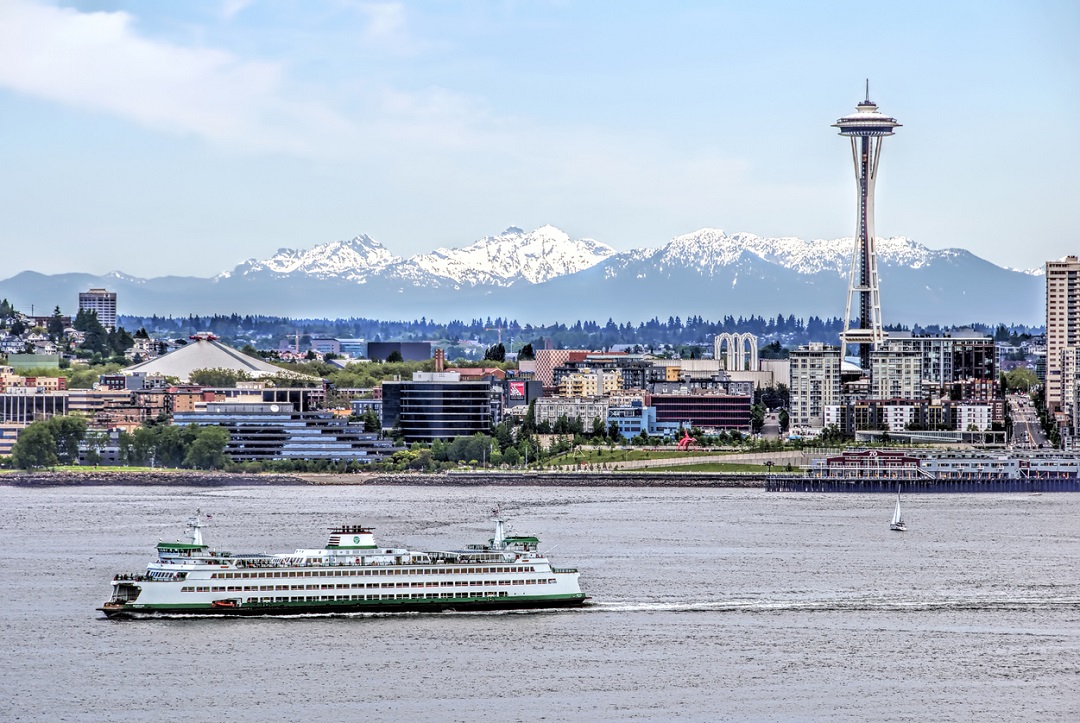
How safe are skyscrapers in downtown Seattle in the “big one”? Should we be worried if the “big one” happens and we work on a high floor? —2061994
The age of the building, type of construction, proximity to the earthquake and type of ground it is built on all play into how the building will perform in a big earthquake. Some are more vulnerable than others, but cities are addressing the most vulnerable and putting plans in place to encourage retrofits. When you’re on one of the higher stories of a tall building, there will be more movement and acceleration during a strong earthquake. The best thing to do is to drop, cover, hold on. Find a sturdy desk to get under and protect your head and neck area from glass and other debris that might be an issue. After the shaking stops, make your way down the stairwell to evacuate.
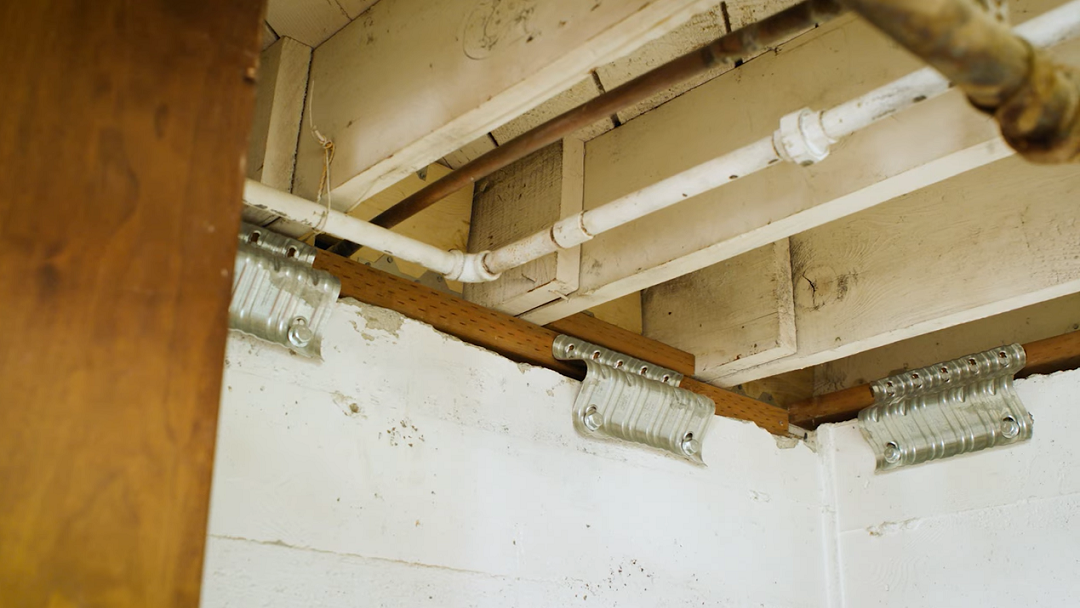
I love this! When I moved to the West Coast, I came across some ShakeOut info and actually enjoy doing all the preparedness stuff. Now I nag my in-laws to stock their supplies and read up on safety tips lol. If it weren’t for outreach like this, I would still be living like earthquakes are something to ignore until it happens.
Would you say that the pace of retrofitting in the Bay Area (or any metro you have insight on) is going well? I see retrofitting contractors all over town working on tons of properties. But there’s a lot of buildings in this city. You could tell me we’re only at 5% earthquake safe and it’s a disaster waiting to happen, or you could tell me a vast majority of buildings have been upgraded to modern standards — I’d believe either statement because I have no idea what the goal is. Any of you have an idea of where we’re at, and could you maybe compare that to some other earthquake-prone regions of the world? — Goldentone
So glad you’re as excited about this stuff as we are! You’re ahead of the pack in being prepared, and thank you for spreading the word.
Metro areas such as San Francisco, Los Angeles, Seattle, etc., have been evaluating their building stock and the vulnerabilities for a long time. I think Hurricane Katrina really started the resiliency movement to help cities recover quickly after a natural disaster so residents can shelter in place and get back to work rather than leave the area so it takes much longer to recover. I participated in a building evaluation for potential soft- or weak-story buildings in San Francisco many years ago. We walked the streets and evaluated buildings with more than five dwelling units and documented the number of openings in the lowest story. The city created action plans to address these buildings (often they have tuck-under parking or garage/storefront openings in the bottom story and may need strengthening).
I’d say the pace of retrofitting in the Bay Area is going well, but there’s still a long way to go. Most unreinforced masonry buildings have been retrofitted. They’re in the middle of retrofitting the soft/weak-story buildings. I understand there’s also a program for certain hospitals to be retrofitted or replaced by 2030. The good news is that city officials are aware of the challenges and are actively working to make their cities safer and more resilient. I think some of the California cities are leading the charge in this area.
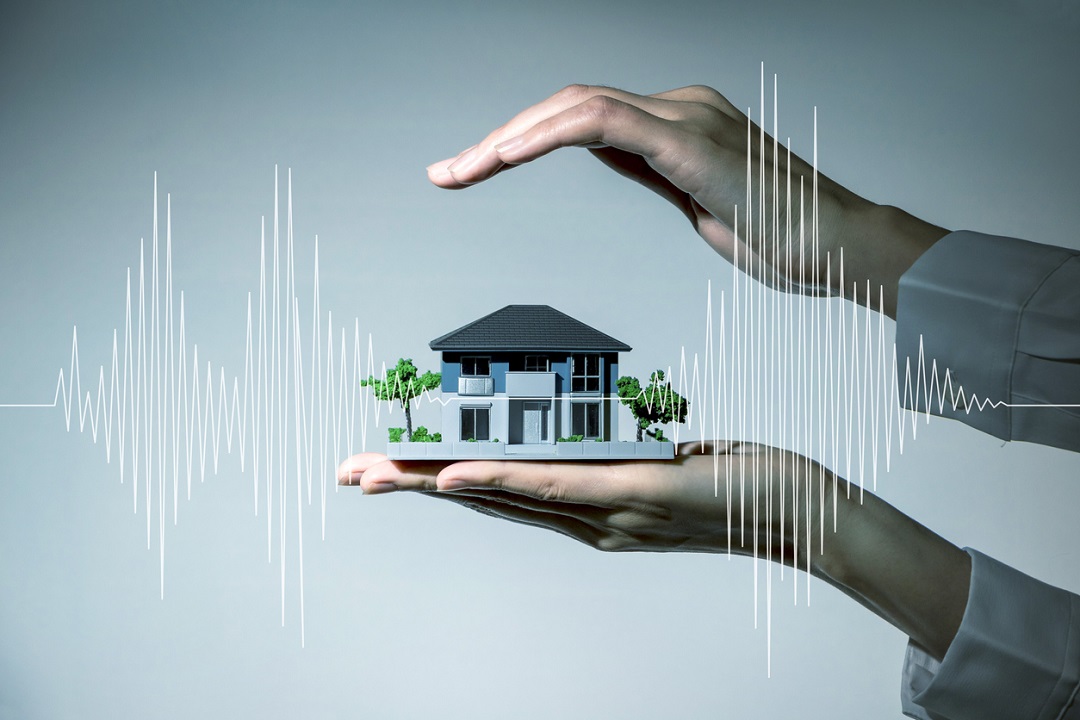
How much have ground-shaking estimates and structural requirements changed over time? Are they increasing due to energy buildup, or are structural requirements evolving as well? —KWillet
Good question. Structural requirements are continuously evolving. The building codes are generally updated every three years as we learn new things from Mother Nature. As we improve our knowledge of the hazards and building responses, the design requirements are also improved. Some of the big earthquakes in California (Northridge, Loma Prieta) had taught us some vulnerabilities and led to code improvement. For example, homes built before the mid-1980s would benefit from a retrofit to strengthen the connection to the foundation. Our Seismic Retrofit Guide will give you an idea of the areas to focus on.
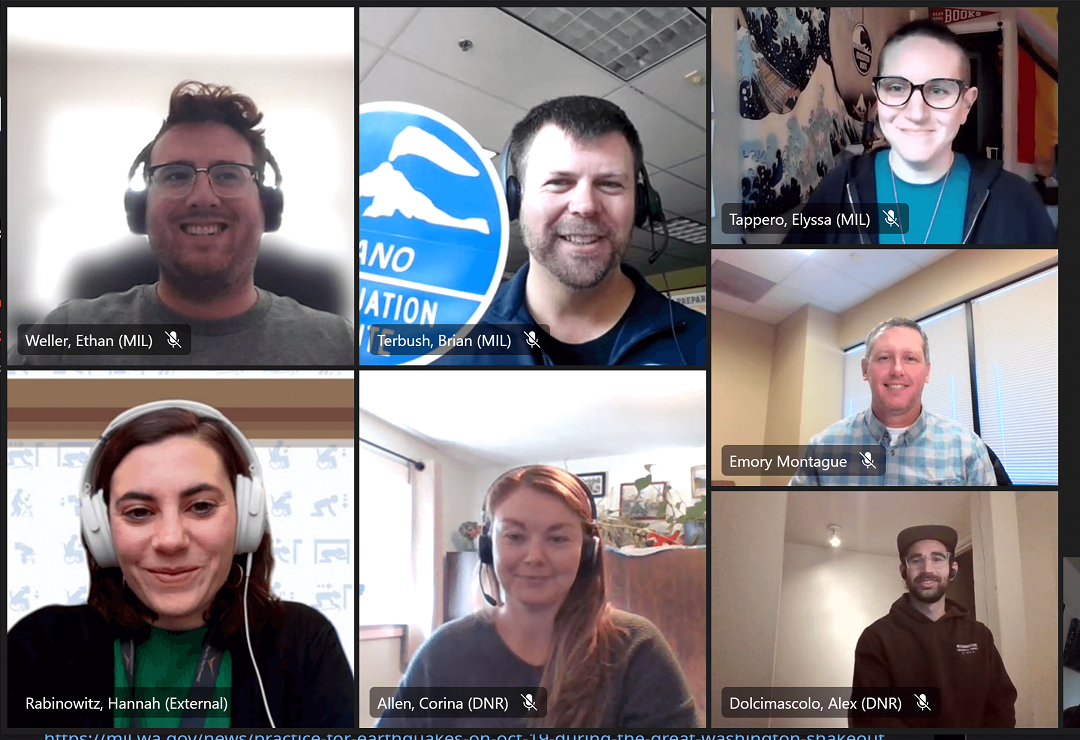
A big thanks to the panel of experts who participated in this AMA. Dr. Harold Tobin, as the Director of the Pacific Northwest Seismic Network, provided valuable insights. Renate Hartog, the Manager at the Pacific Northwest Seismic Network and the team from Washington Emergency Management Division, including Brian Terbush, Elyssa Tappero, Danté DiSabatino, and Ethan Weller, contributed their expertise on earthquake and tsunami programs. Hollie Stark, the Outreach Program Manager, and Maximilian Dixon, the Hazards and Outreach Program Supervisor, also shared their insights. From the Washington Department of Natural Resources, we had Corina Allen, the Chief Hazards Geologist, and Daniel Eungard, Geologist—Subsurface Lead/Tsunami Hazards. Alex Dolcimascolo, the Tsunami Geoscientist, provided expertise as well. FEMA Region X was represented by Hannah Rabinowitz. Structural engineers Mark Pierepiekarz from MRP Engineering and Emory Montague from Simpson Strong-Tie rounded out the team. Their collective knowledge made our AMA session informative and engaging.
Check out this early warning system called MyShake app developed by UC Berkeley. It give a couple seconds warning before the shaking started from an earthquake. It is currently ready for the West Coast including Califonria, Oregon and Washington.

